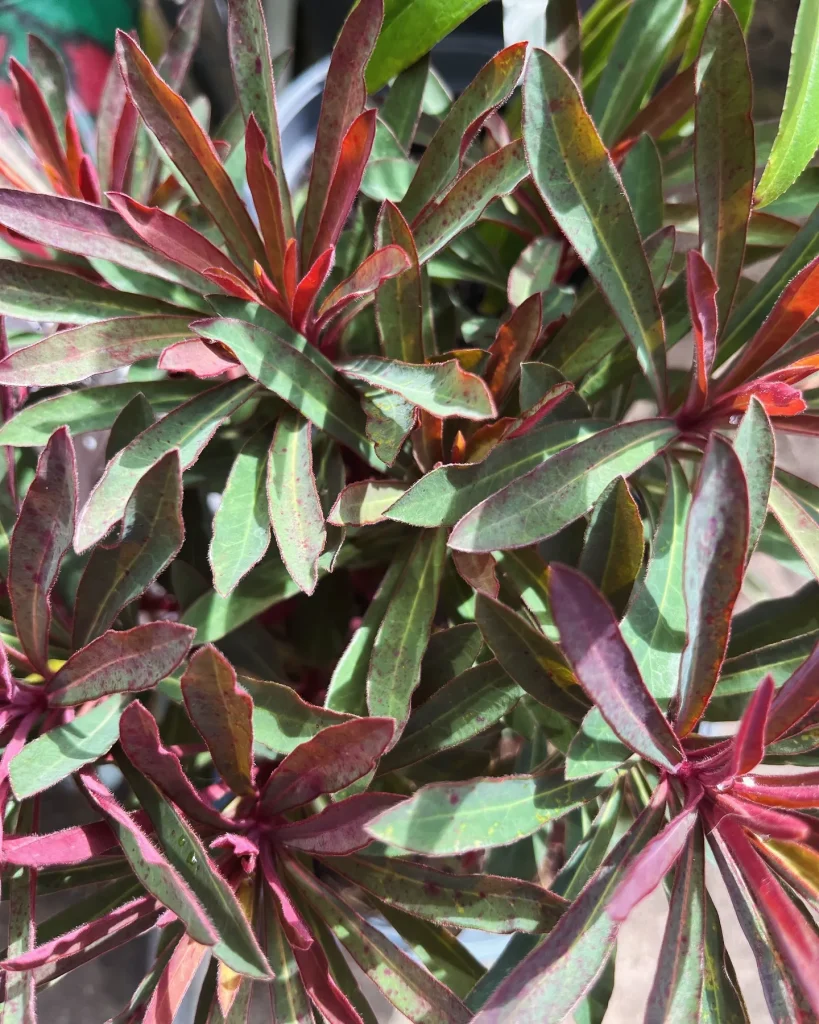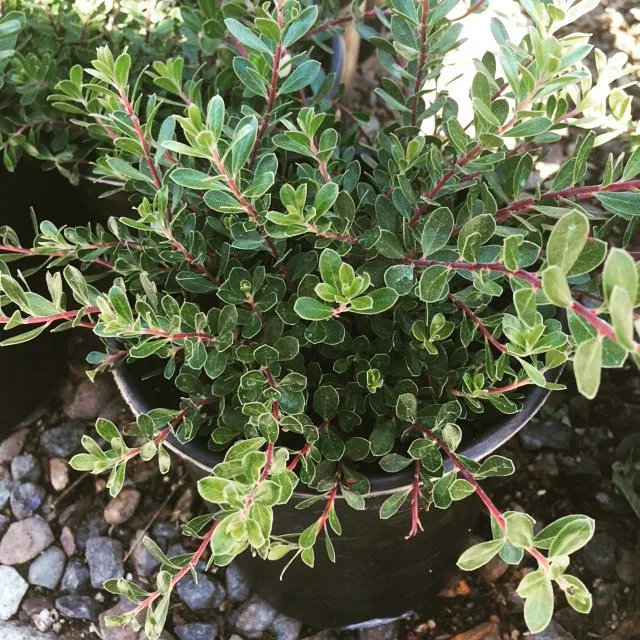Hosta June: A Shade-Loving Beauty for Your Garden
As a passionate gardener, I’m always on the lookout for stunning plants that thrive in shady areas. That’s where Hosta June comes in – a captivating perennial that brings a burst of color and texture to any under-the-weather corner.
Here, I’ll answer some of the most common questions about this fantastic hosta variety, so you can decide if it’s the perfect addition to your own garden oasis.
31 Species in Genus Hosta
What is Hosta June?
Hosta June is a medium-sized, clump-forming perennial prized for its beautiful variegated foliage. A sport (a natural mutation) of the popular Halcyon hosta, it boasts a unique combination of colors. The heart-shaped leaves are predominantly blue-green, edged with a striking band of bright yellow. The intensity of the yellow can vary depending on light conditions, becoming more prominent in brighter shade.
How to Care for Hosta June?
The good news is that Hosta June is a relatively low-maintenance plant. Here’s what you need to know to keep it thriving:
- Light: While technically sun-tolerant, Hosta June prefers dappled sunlight or part shade. Direct afternoon sun can scorch the leaves. Aim for morning sun and afternoon shade for optimal growth.
- Soil: Hosta June flourishes in rich, moist, well-drained soil. Amending your existing soil with compost or organic matter can help create the perfect environment.
- Watering: Consistent moisture is key, especially during hot summer months. Water deeply at the base of the plant when the top inch of soil feels dry.
- Fertilizer: While not strictly necessary, a balanced fertilizer applied in early spring can promote healthy growth and brighter foliage.
- Dividing: Hosta June can be easily divided in early spring or fall to create new plants. Simply dig up the mature clump and carefully separate the sections with a sharp knife.
How to Propagate Hosta June?
The most common way to propagate Hosta June is through division, as mentioned above. Here’s a quick recap:
- Dig up the mature clump in early spring or fall.
- Using a sharp knife, carefully separate sections with at least 2-3 eyes (buds) each.
- Replant the divisions in prepared soil, ensuring the crown sits slightly above the soil surface.
- Water thoroughly and keep the soil consistently moist until established.
What to Plant with Hosta June?
Hosta June’s compact size and vibrant foliage make it a versatile companion for various shade-loving plants. Here are some ideas for creating a harmonious garden scene:
- Ferns: Delicate ferns like Maidenhair Fern or Japanese Painted Fern add a touch of elegance and complement the texture of Hosta June’s leaves.
- Heucheras: Heucheras, also known as Coral Bells, come in a variety of colors and textures, offering a stunning contrast or a complementary pop of color next to Hosta June.
- Astilbes: These graceful perennials with feathery plumes in pink, white, or lavender create a lovely vertical accent in the shade alongside Hosta June.
- Brunnera macrophylla (Siberian Bugloss): This shade-loving perennial with heart-shaped, blue-green leaves creates a cohesive look and adds a touch of whimsy with its small blue flowers.
Pests and Diseases
Hosta June is generally pest and disease resistant. However, keep an eye out for slugs and snails, which can munch on the leaves. Handpicking or using organic slug bait is usually enough to control these pests.
Conclusion
Hosta June is a fantastic choice for gardeners seeking a low-maintenance, shade-loving perennial with stunning foliage. Its beautiful variegated leaves and compact size make it a versatile addition to any shady border or container. With proper care and the right companion plants, Hosta June will add a touch of elegance and beauty to your garden for years to come.
If i die, water my plants!



